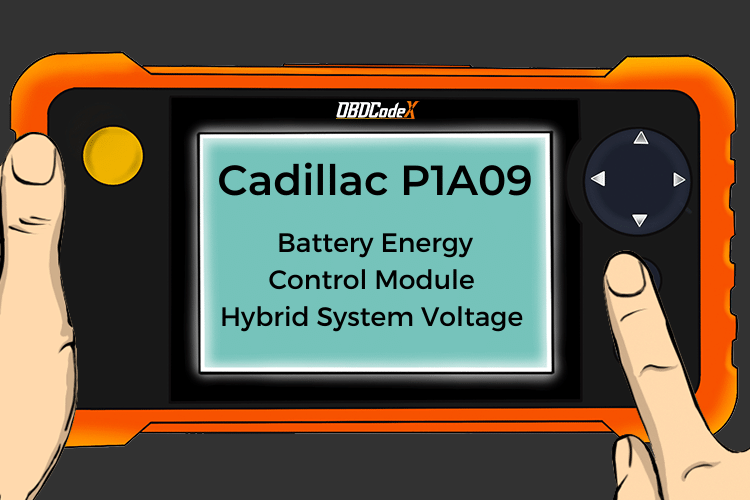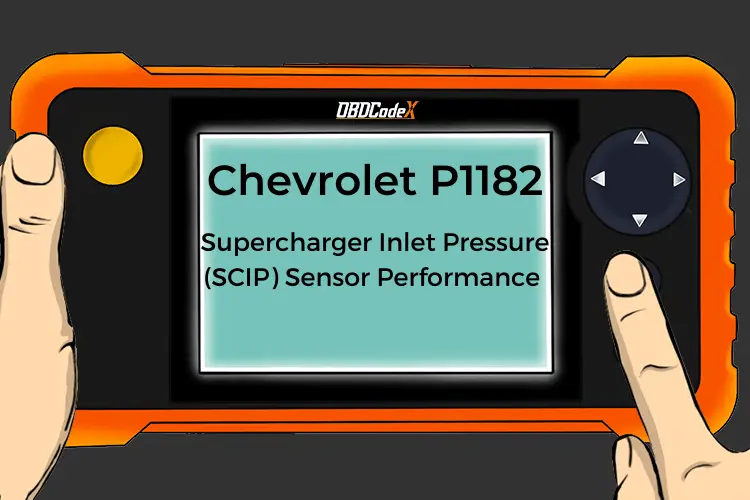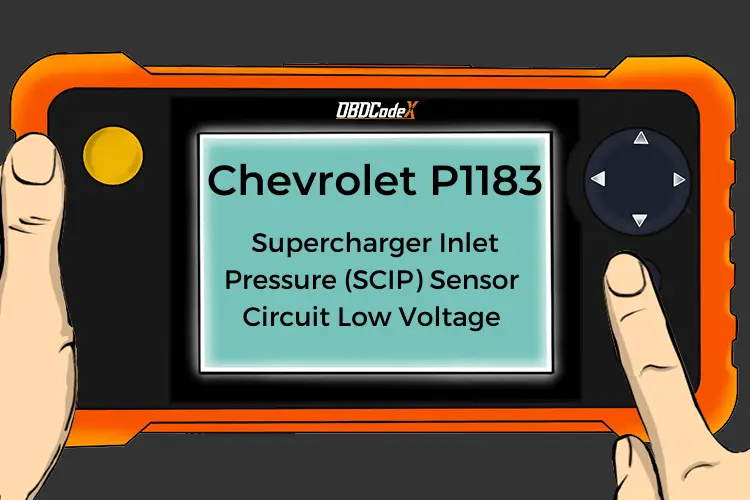P012A: Turbocharger/Supercharger Inlet Pressure Sensor Circuit (Downstream of throttle valve)
Is your scanner showing P012A?
No worries. We'll show you what it means and how to deal with it.
P012A: Turbocharger/Supercharger Inlet Pressure Sensor Circuit (Downstream of throttle valve)
OVERVIEWWhat Does The P012A Code Mean?
This code indicates some sort of malfunction within the Turbo/Supercharger Inlet Pressure Sensor (TCIP) circuit. The turbo/supercharger are responsible for increasing “volumetric efficiency” (amount of air) within the combustion chamber by creating pressure within the intake system.
Generally speaking Turbochargers are exhaust driven and Superchargers are belt driven. The inlet of the turbo/supercharger is where they get their filtered air from the air filter. The inlet sensor works with the ECM (Electronic Control Module) or PCM (Powertrain Control Module) in order to monitor and regulate intake pressure.
The “(Downstream of throttle valve)” indicates what specific inlet sensor has the malfunction and it’s location. The pressure sensor may also incorporate a temperature sensor into it.
This trouble code is closely related to P012B, P012C, P012D, and P012E.
What Are The Symptoms Of The P012A Code?
Symptoms of a P012A engine code may include:
- Vehicle enters limp mode (Fail safe mode)
- Engine noises
- Poor performance
- Engine misfiring
- Stalling
- Poor fuel mileage
What Are The Potential Causes Of The P012A Code?
Causes for this code may be:
- Defective Turbo/supercharger inlet pressure sensor
- Broken or damaged wiring harness
- Problem within general electrical system
- ECM issue
- Pin/connector problem. (i.e. corrosion, overheating etc.)
- Clogged or damaged air filter
How Can You Fix The P012A Code?
Be sure to check for technical service bulletins (TSBs) for your vehicle. For example, there is a known issue with some Ford / F150 EcoBoost engines and getting access to a known fix can save you time and money during diagnosis.
Tools
Whenever you are working with electrical systems, some of the basic tools that are a good idea to have are:
- OBD code reader
- Multimeter
- Basic socket set
- Basic ratchet and wrench sets
- Basic screwdriver set
- Rag/shop towels
- Battery terminal cleaner
- Service manual
Safety Tips
- Let engine cool
- Chalk wheels
- Wear PPE (Personal protective equipment)
Basic Step #1
Visually inspect the TCIP and surroundings. Given the nature of these codes, it is highly likely there is some sort of physical problem causing this issue. That being said, check the harness thoroughly because the harness’ for these sensors typically run along areas where extremely high temperatures are present. In order to locate which sensor’s circuit is malfunctioning refer to “Downstream of Throttle valve”. Downstream meaning after the throttle valve or the side closer towards the intake manifold. The throttle valve is typically mounted to the intake manifold itself. Once you have located the TCIP, follow the wires coming out of it and inspect for any frayed/chafed/cut wires that may be causing an issue. Depending on the location of the sensor on your make and model, you may have enough access to the sensors connector. If so, you can disconnect it and inspect the pins for corrosion.
NOTE: Green color is a good sign that there is corrosion present. Visually inspect all ground straps and look for corroded or loose ground connections. A problem within the general electrical system can and will cause drivability issues, poor mileage among other unrelated problems.
Basic Step #2
Depending on the make and model of your vehicle, there may be a use for the circuit. Fuse boxes can be located just about anywhere in the car but a few good places to start are: under the dash, behind the glove box, under the hood, under a seat etc. Locate fuse and make sure it fits within the slot tightly and that it is not blown.
Basic Tip #3
Check your filter! Visually inspect air filter for signs of clogging or dirtiness. A clogged filter may cause a low pressure condition. So, if the air filter is clogged or showing any signs of damage (i.e. : water intrusion), it should be replaced. This is a cost efficient way of ruling this out because most times, air filters are inexpensive and easy to replace.
NOTE: Check to see if your air filter is cleanable. If so, you may be able to clean your filter instead of replacing the entire assembly.
Basic Step #4
If everything checks out at this point, and you still cannot find a malfunction, I would verify the circuit itself. This may include disconnect the ECM or PCM electrical connector so make sure your battery is connected. Basic electrical tests should be performed on the circuit. (i.e. check for continuity, check for short to ground, power etc..). Any kind of open or short will indicate a problem that will need to be repaired. Good luck!
Recommended Parts
Below are some recommended auto parts to help you address the trouble code affecting your vehicle and get it running smoothly again:
>>> Air Filter
>>> WORKPRO 582-piece Crimp Terminals, Wire Connectors, Heat Shrink Tube, Electrical Repair Kit
>>> Dorman 86689C 399 PC Automotive Electrical Repair Kit
>>> MAP Sensor
>>> ECU
>>> DEWALT Socket Set
>>> Amartisan 10-Piece Magnetic Screwdrivers Set
Note: During the purchasing process, please check carefully whether the part you want to buy fits your car!
Reference Sources
P012A: Turbo/Supercharger Inlet Pressure Sensor Circuit, OBD-Codes.




